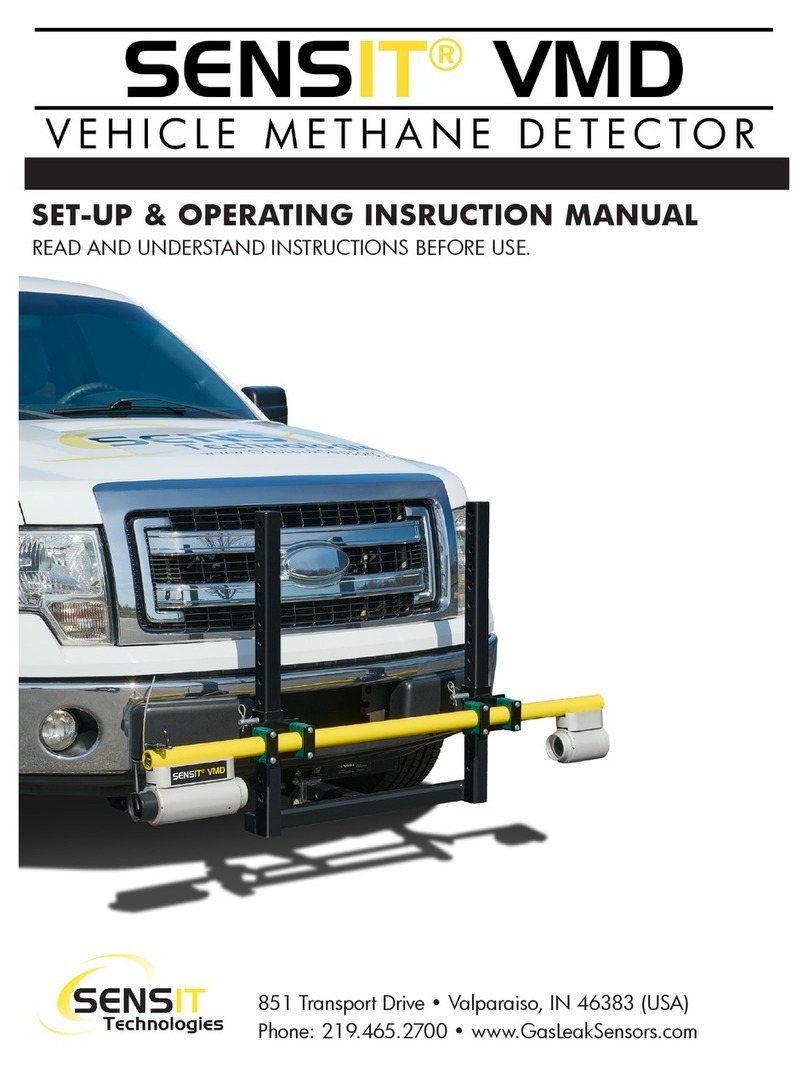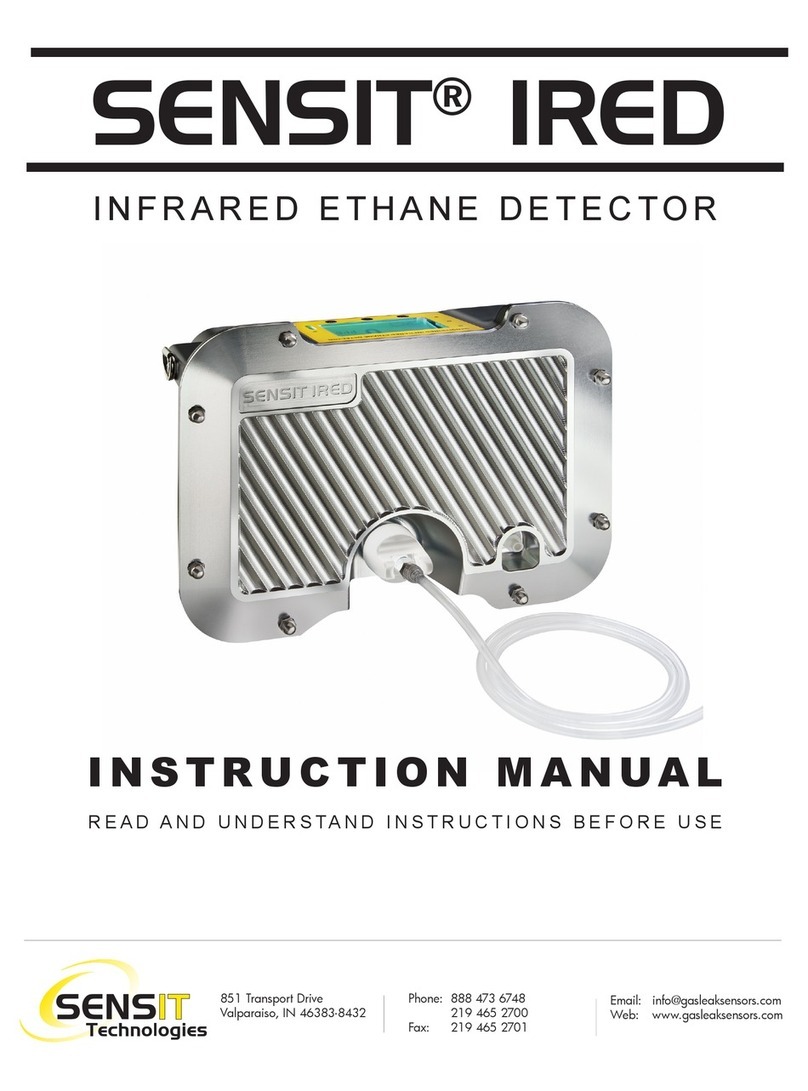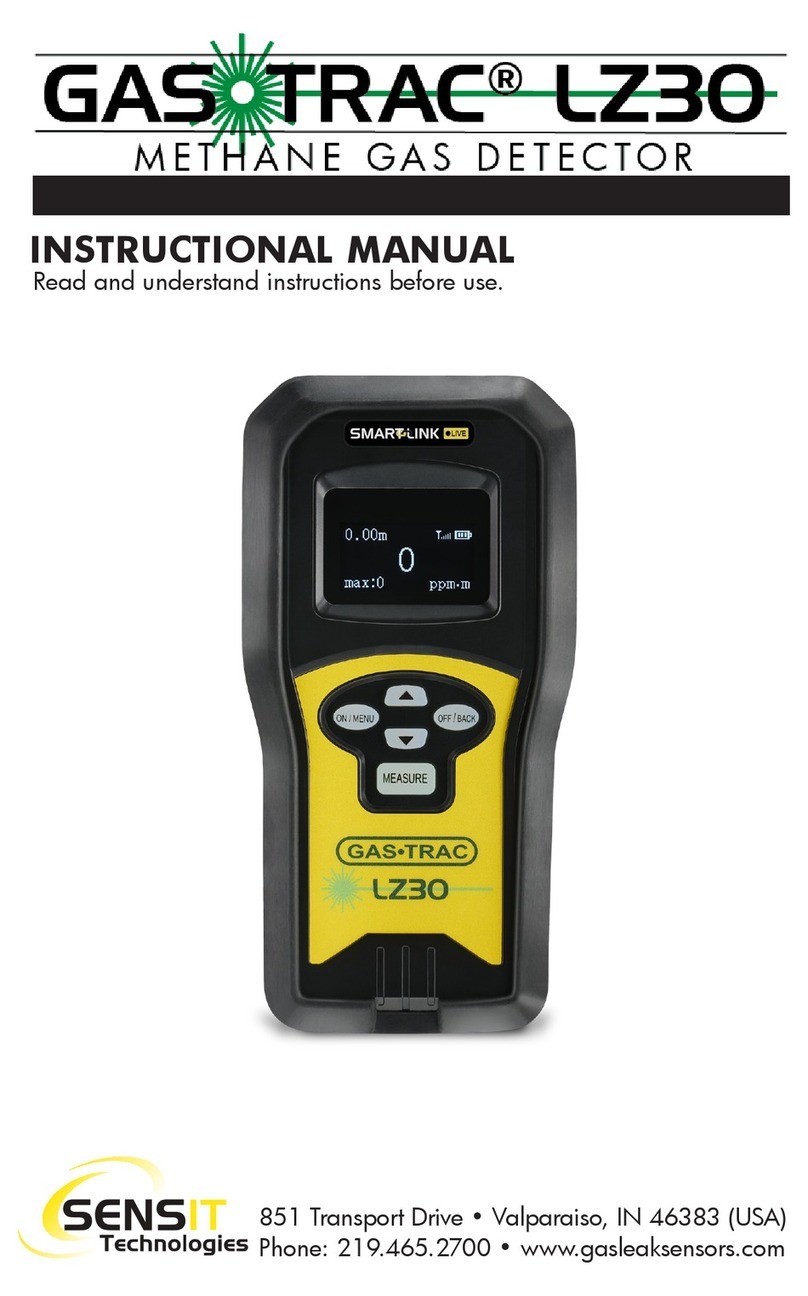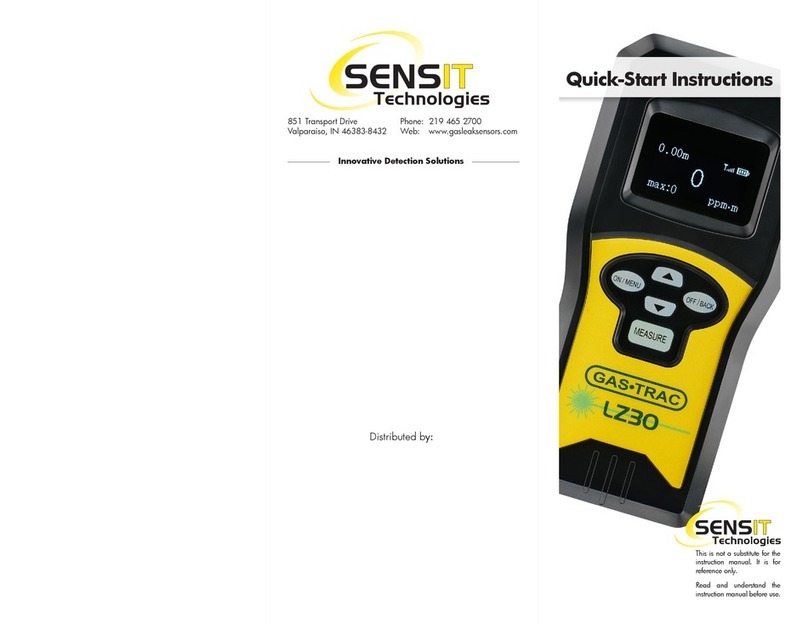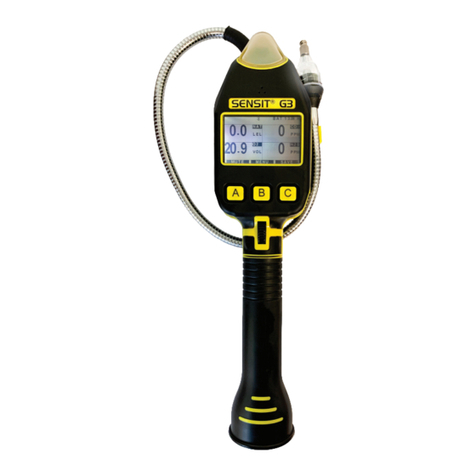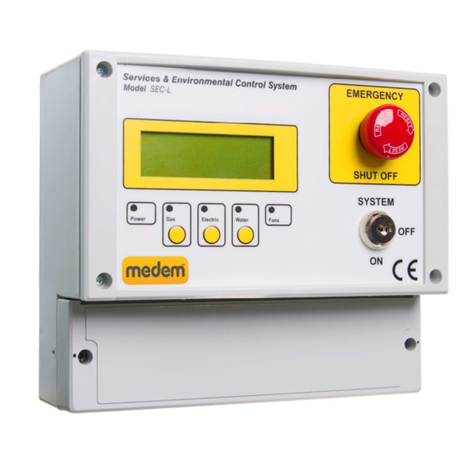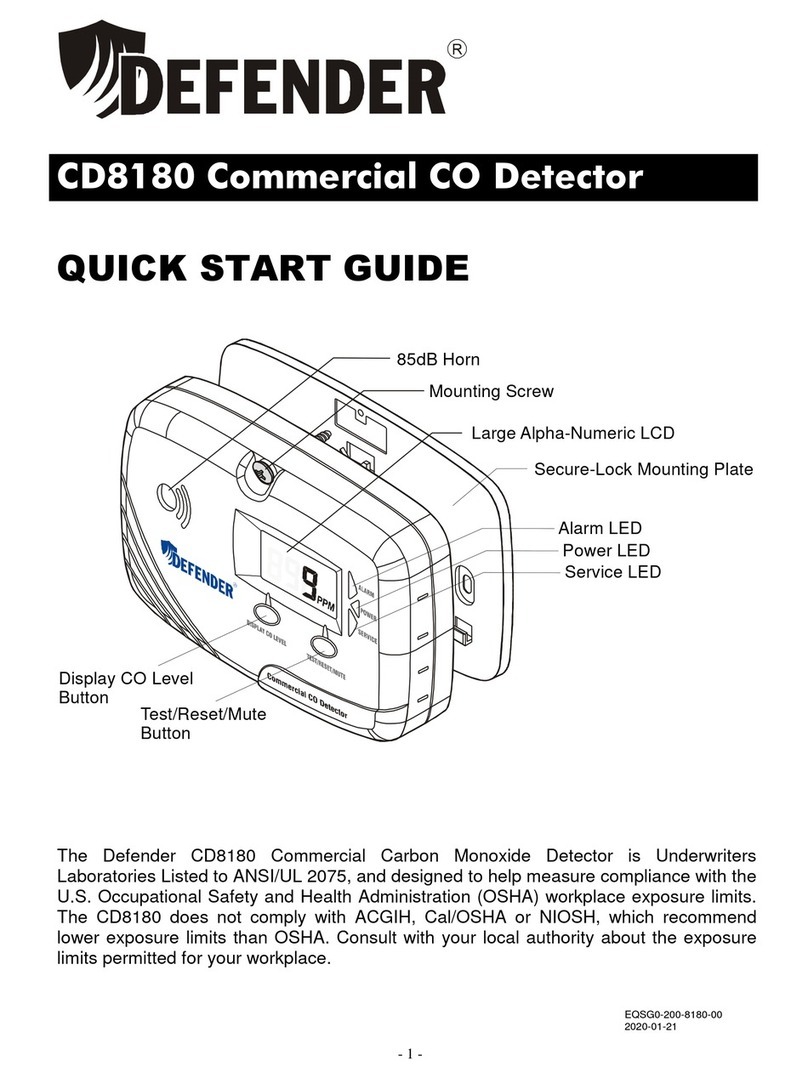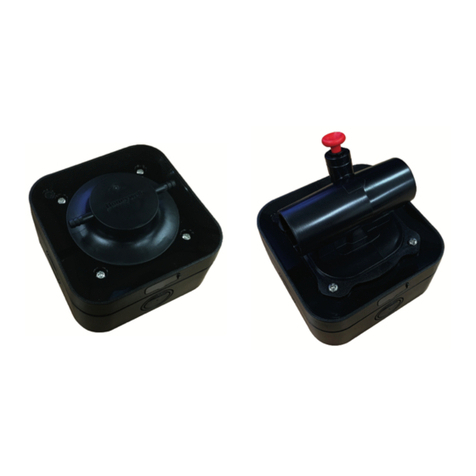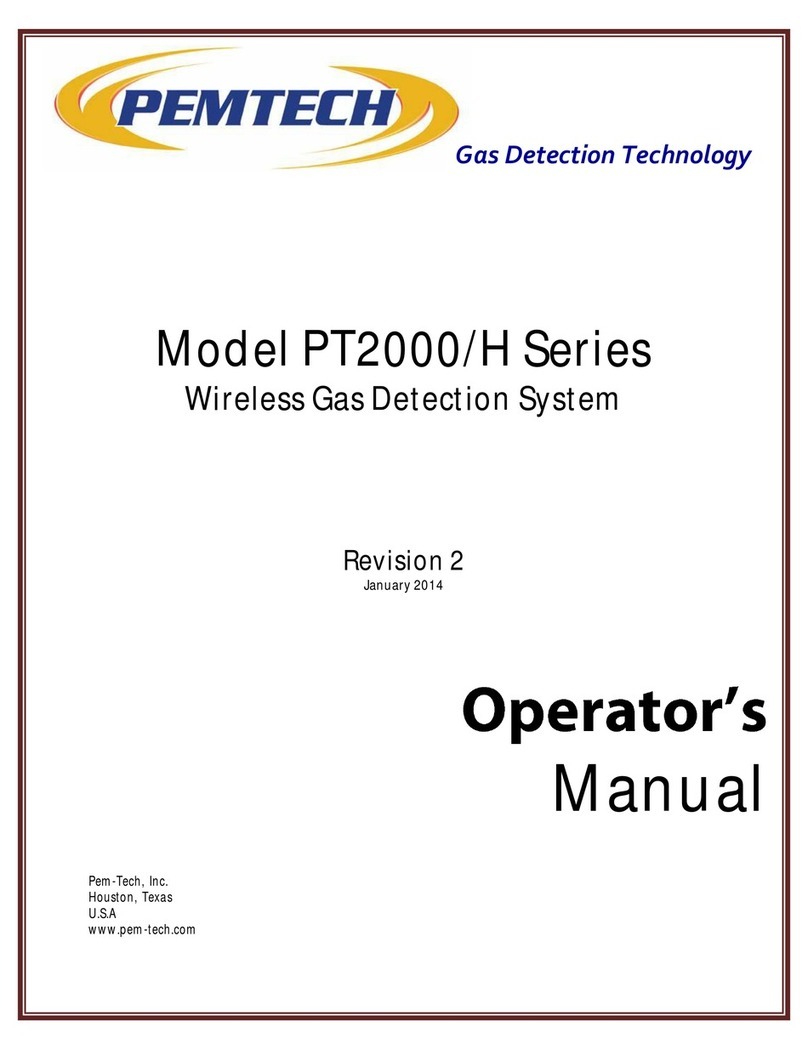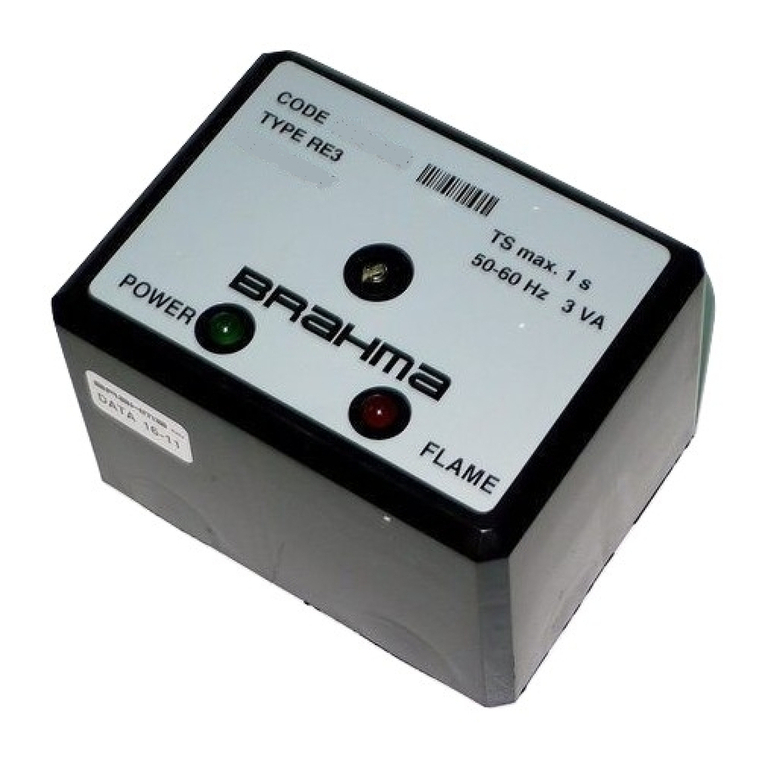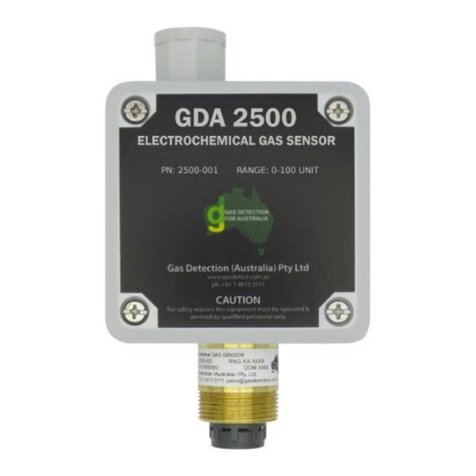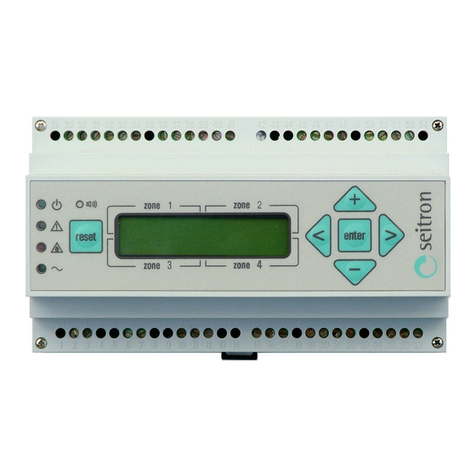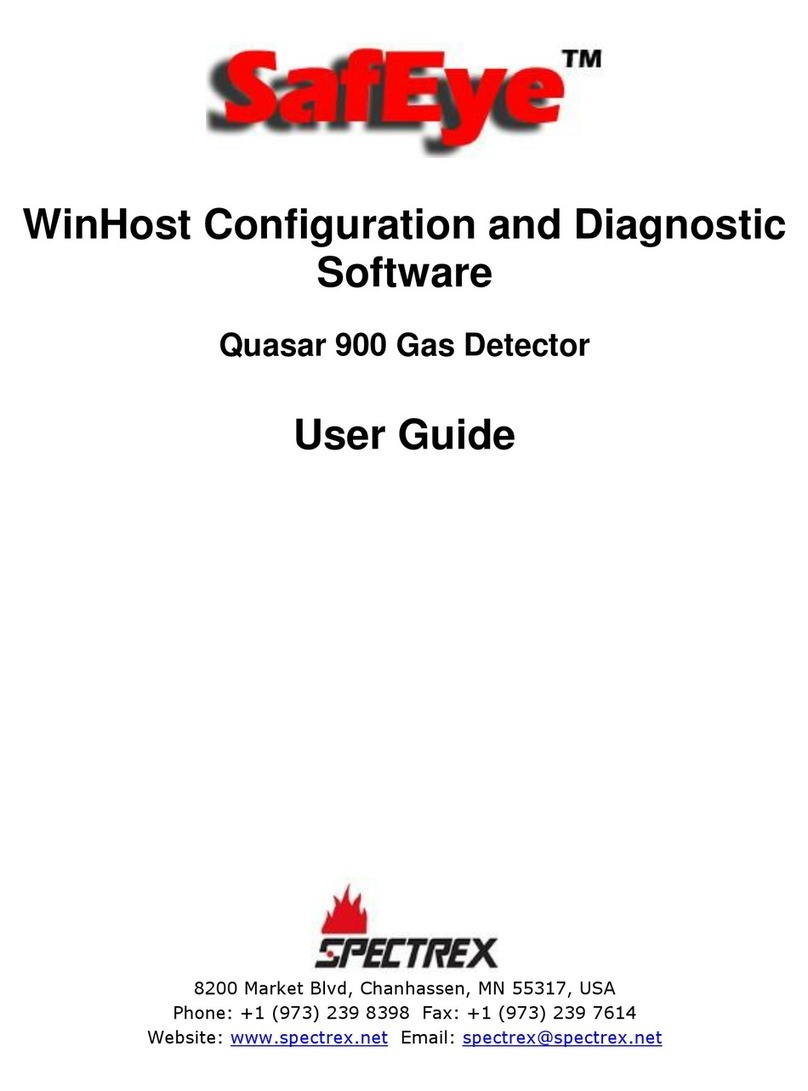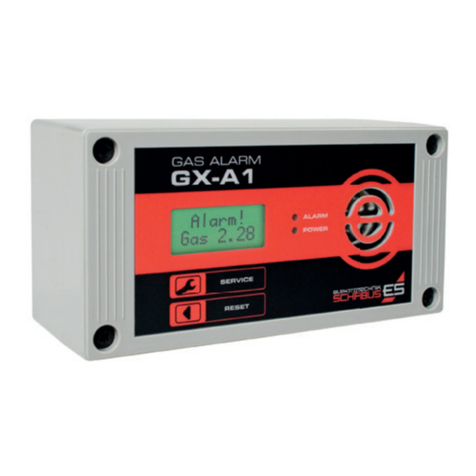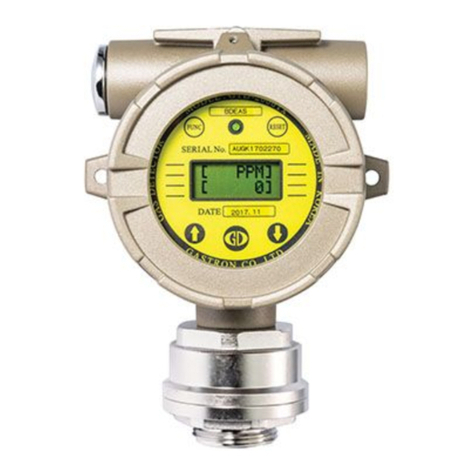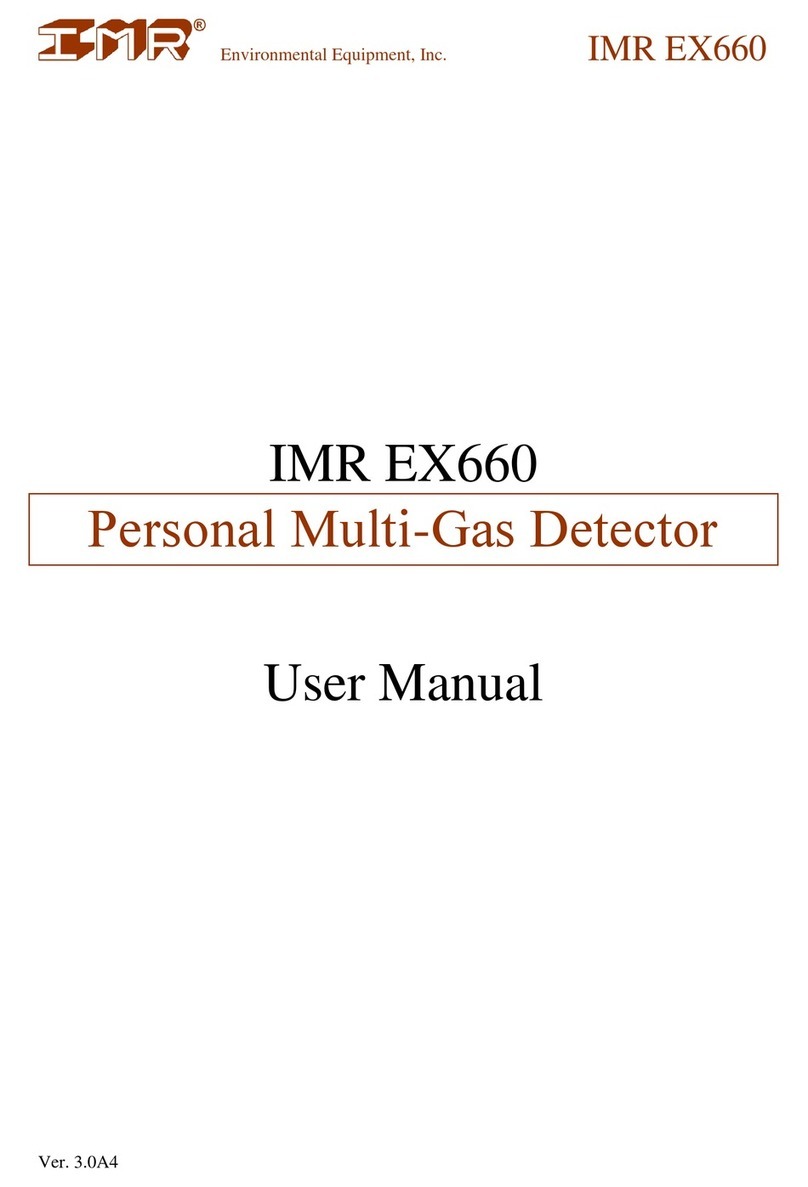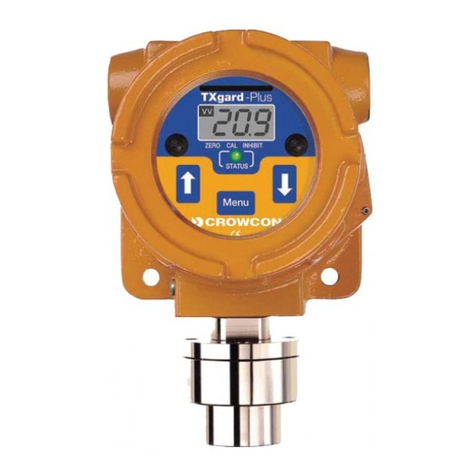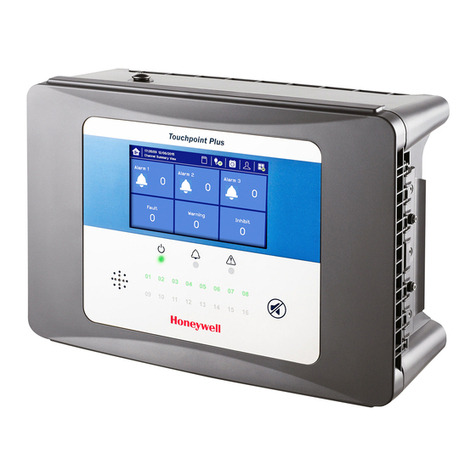Page | 4
CONTENTS
Parts And Accessories.................................................................................................5
Standard Accessories (Included)...........................................................................................5
Accessories And Replacement Parts.....................................................................................5
General Description.....................................................................................................6
Specifications...............................................................................................................7
Product Features .........................................................................................................9
Beam Dimensions...............................................................................................................10
Sensor Technology....................................................................................................11
Gas Detection .....................................................................................................................11
Distance Detection..............................................................................................................11
Explanation Of PPM•M ..............................................................................................12
Battery Charging........................................................................................................13
Operation And Use ....................................................................................................14
Operation and Use Tips.............................................................................................16
Investigating Through Windows...........................................................................................16
Shape of the Detection Beam and Line of Sight...................................................................17
Locating Targeting Laser.....................................................................................................19
Wind Conditions and Plume Size.........................................................................................18
Calibration Check (Bump Test)..................................................................................19
Calibration..................................................................................................................21
User Menu.................................................................................................................22
Set Alarm ............................................................................................................................23
Set Red Laser.....................................................................................................................23
Set Green Laser..................................................................................................................24
Reset...................................................................................................................................24
Calibration...........................................................................................................................25
Set Unit...............................................................................................................................25
Maintenance and Care...............................................................................................26
Notes .........................................................................................................................27
Warranty....................................................................................................................28




















